Blogging for Connect 4 Climate ~ Wildlife
I am grateful to the organizers of the global campaign focused on Africa which is flying under the umbrella of Connect 4 Climate.
One aspect of our world that is greatly affected by the climate changes in Africa, is that of wildlife migration.
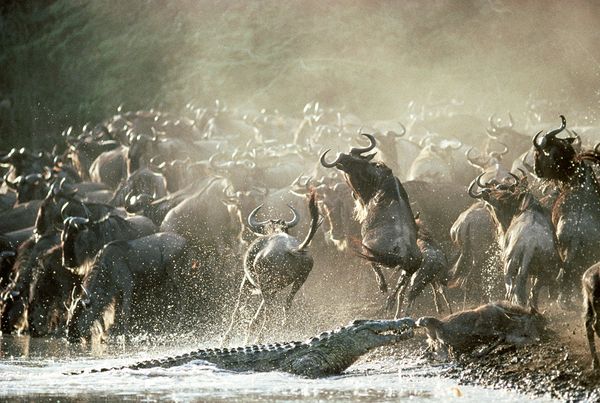
Excerpt from a WWF Report: Africa occupies about one-fifth of the global land surface and contains about one-fifth of all known species of plants, mammals, and birds in the world, as well as one-sixth of amphibians and reptiles (Siegfried 1989).
Climate change has already affected the marine animals of Africa. Coral reefs in the Indian Ocean experienced massive bleaching in 1998, with over 50 percent mortality in some regions (Spalding 2001). Damage to coral reef systems has far reaching implications for fisheries, food security, tourism and overall marine biodiversity.
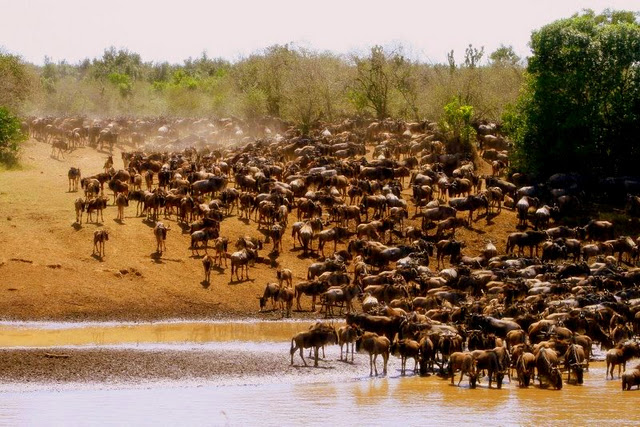
On land, animal biodiversity in Africa is concentrated in the savannas and tropical forests. Loss or alterations of terrestrial habitats by climate change will likely impact these species.
Few detailed studies have been done on how climate change will affect terrestrial animals in Africa, but those that have been done demonstrate the potential extent of its impact. For example, climate change of the magnitude predicted for the twenty-first century could alter the range of African antelope species (Hulme 1996).
World antelope biodiversity—more than 90 percent of the 80 species—is concentrated in Africa (Macdonald 1987).
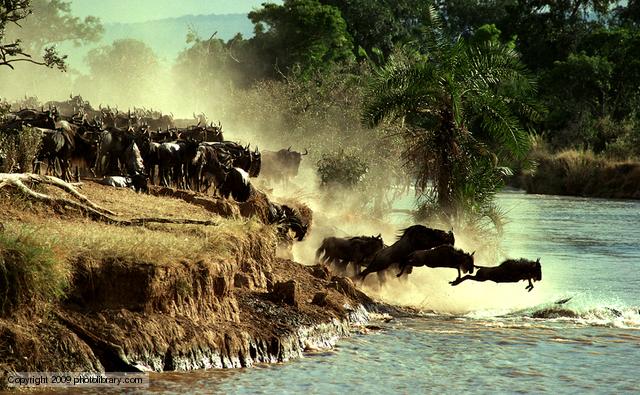
With most of the wildlife in the East African Rift Valley depending on the changing of seasons to migrate to areas where their offspring can stand a chance of survival, it is of great importance to discuss how the climate change adversely affects those migration patterns.
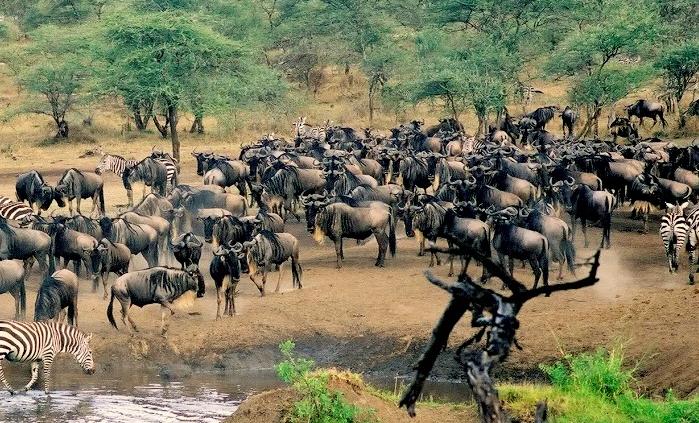
Drought has caused a major disruption in the migration patterns of Wildebeests, Elephants and other African plain wildlife.
According to the WWF, Africa is one of the most vulnerable regions in the world to climate change.
This vulnerability and the limitations of poor countries to adapt to climate change challenges were highlighted in Climate Change 2001, the Third Assessment Report of the Intergovernmental Panel on Climate Change (IPCC).
The report established how human activity (burning fossil fuels and changes in land-use) is modifying the global climate, with temperature rises projected for the next 100 years that could affect human welfare and the environment.
The historical climate record for Africa shows warming of approximately 0.7°C over most of the continent during the twentieth century; a decrease in rainfall over large portions of the Sahel (the semi-arid region south of the Sahara); and an increase in rainfall in east central Africa. Over the next century, this warming trend, and changes in precipitation patterns, are expected to continue and be accompanied by a rise in sea level and increased frequency of extreme weather events.
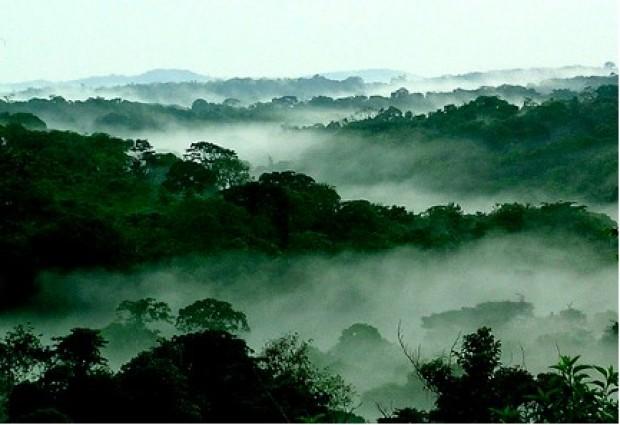
My hope is that governments in East African and Sub-Saharan Africa, can start listening to the voices calling for a change in the way we are cutting down our forests. Trees play a big role in the creating of rainfall which in turn affects the availability of water in lakes and rivers. They also provide habitats to endangered wildlife like the mountain gorillas.
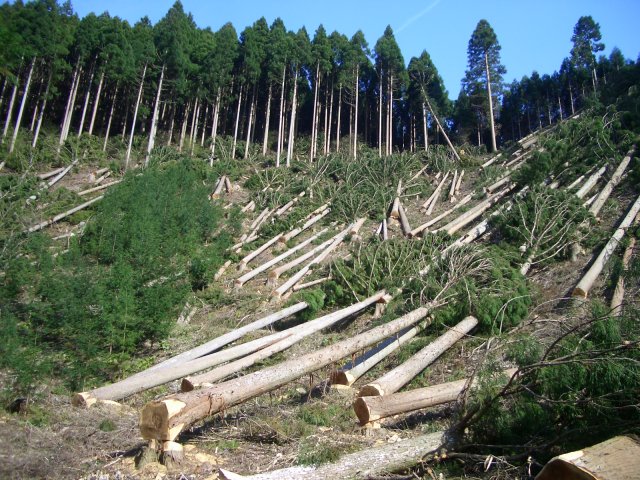
Let us not give up the effort to plant more trees and carrying on the Banner that was carried for so long by the late Wangari Maathai. I call on all my fellow Africans, and especially those in East Africa, to join in the effort to conserve our forests and to participate in the Connect 4 Climate campaign.

I loved those pics!